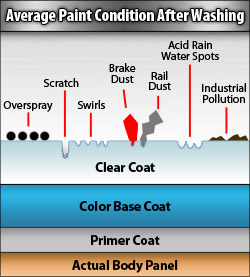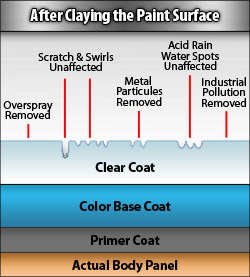hkyplr18
Pre-Flight
- Joined
- Mar 13, 2011
- Messages
- 86
- Display Name
Display name:
Joe
I'm trying to get some oxidation and water spots out of some paint and I'm having no luck... I've tried a couple types of gritty wax and cleaners which don't seem to touch it, in fact it almost seems to make it worse.. When I put the wax on and then go to hand buff it's almost like the wax won't even buff off. Leaves wax residue plain as day. Weirdest damn thing I've ever seen... I'm attaching a picture that shows what I'm talking about. The water spots, oxidation and then you can see where the wax never buffed out. I'm thinking it's time for some compound and a buffing wheel but didn't want to go down that road until it was a last resort. Anyone have any suggestions? I've heard that 3M finesse-it works well..
Thanks!
Thanks!



